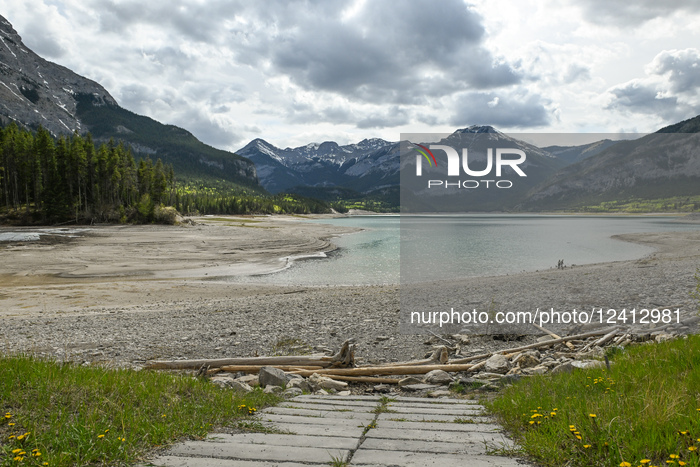
Introduction
Kananaskis, located in the foothills of the Canadian Rockies in Alberta, is a significant area known for its breathtaking landscapes and extensive outdoor activities. As Alberta’s lesser-known but highly cherished destination, Kananaskis offers an alternative to the more commercialized Banff and Jasper National Parks. The importance of this region lies not only in its natural beauty but also in its commitment to outdoor recreation, making it a vital spot for both local and international visitors looking for adventure.
Outdoor Activities and Attractions
The Kananaskis Country park system encompasses over 4,000 square kilometers of pristine wilderness, encompassing vast mountain terrains, forests, and lakes. This region is a paradise for outdoor enthusiasts throughout the year. Popular activities include hiking, mountain biking, skiing, and camping. Notably, the famous Kananaskis Golf Course serves as an idyllic spot for golf lovers, offering stunning course conditions with mountain backdrops.
In recent news, local officials have been promoting sustainable tourism practices to preserve Kananaskis’ natural resources while accommodating the growing influx of visitors. Parks Canada, along with Alberta Parks, is implementing measures to enhance visitor access through improved trails and visitor centers, further ensuring that the area’s ecological integrity remains intact.
The Kananaskis Nordic Spa, which opened recently, has also attracted attention, offering a unique wellness experience that complements the outdoor lifestyle with relaxation and rejuvenation techniques. As the first outdoor spa of its kind in Western Canada, it provides a perfect blend of nature and luxury, showcasing the region’s commitment to holistic health and wellness.
Environmental Considerations
As Kananaskis continues to gain popularity, environmental concerns are at the forefront of discussions among local authorities and conservationists. The area faces challenges such as wildlife preservation and the management of socio-economic impacts resulting from increased tourism activity. Awareness campaigns focusing on the Leave No Trace principles are being advocated to educate visitors on the importance of minimizing their footprint while exploring the area.
Conclusion
Kananaskis stands as a testament to Alberta’s diverse landscape and rich outdoor culture. The ongoing efforts to balance tourism with environmental sustainability reflect a broader trend in travel that prioritizes ecological preservation alongside visitor enjoyment. For those seeking an unforgettable outdoor adventure away from the crowds, Kananaskis is an ideal choice. As it evolves, Kananaskis will likely draw even more attention, making it essential for both newcomers and regulars to embrace responsible visiting practices. The future looks promising for this hidden gem, ensuring its beauty and resources are preserved for generations to come.



